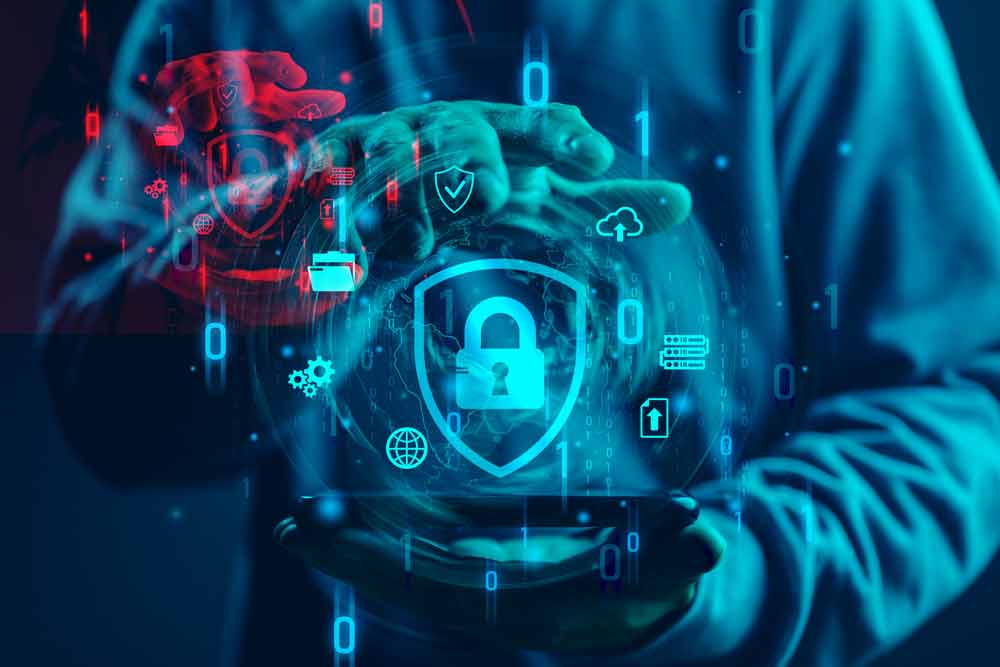What Is BDR and How Does It Impact Business?

Businesses these days conduct most of their processes digitally. On one hand, this is great because it speeds up transactions, improves data accuracy, and so on, allowing for faster and more efficient IT business development. But the heavy reliance on digital data brings new risks of data loss or damage. All businesses should have a […]
The Role of Technology in Businesses in 2023

Technology has always played a key role in businesses across different industries in 2023. But recently, this role has grown even more because IT is used more and more in businesses around the world. To draw more customers and stay ahead of the competition, you should understand all the changes and use them to your […]
When Is It Time to Start Changing Your IT Provider?

Changing your IT provider is not an exciting task. Finding a new one can be stressful. You need to find one that will serve your needs to the highest standards and that you can trust to keep your best interests at heart. Because of the difficulties, many companies choose to slug it out with the […]
8 Top Technology Trends for Cybersecurity

Cybersecurity is vital for protecting corporate and personal data from hackers and other cybercriminals. A single breach can cause massive amounts of data and financial loss. It can ultimately lead to the complete downfall of a company and even the destruction of lives. Fortunately, the top technology trends for cybersecurity of recent years provide us […]
8 Ways Technology Will Grow Your Business in 2023

Technology continues to play a role in the growth of businesses. But if you can’t keep up with what’s going on in your field, you might fall behind in the competition. Even worse, you might put your business at huge risk in online safety. That is an absolute no-no if you want to grow your […]
IT Compliance and Why It Is Important for Your Business

In running a business, there are a lot of important matters that need to be taken care of. Even if they are not really in line with the core competencies of the business. One such matter is IT compliance. In the last few weeks, we have been talking about compliance and how it is important […]
Achieving Compliance as a Team

Before your company can fully comply with all the requirements set by third parties like regulatory bodies and clients, there are dozens upon dozens of tasks that need to be completed. These tasks are spread across different areas of the company and are impossible for just one individual to accomplish. The process of achieving compliance […]
What Is IT Security and IT Compliance?

IT security and IT compliance are two essential matters for any business or organization. Many people think they are the same, while others frequently confuse one for the other. They are not the same thing, but when implemented together, they can provide maximum digital safety and minimize the risk of data breaches and other online […]
What Is IT Compliance?

The term IT compliance is frequently heard these days in relation to running an organization and making sure that they keep within the regulations of a third party or a specific client. It is essentially a process that companies go through in order to keep within these predetermined guidelines or boundaries. The main goal of […]
February Recap: Personal Identifiable Information (PII) In Data Security

This month, we focused on a variety of topics regarding personal identifiable information (PII). PII includes an individual’s name, address, phone number, and medical history. In this digital age, PII is increasingly being stolen from unsuspecting individuals and organizations alike. PII allows cybercriminals to easily access financial accounts, and commit identity theft, and other crimes. […]
